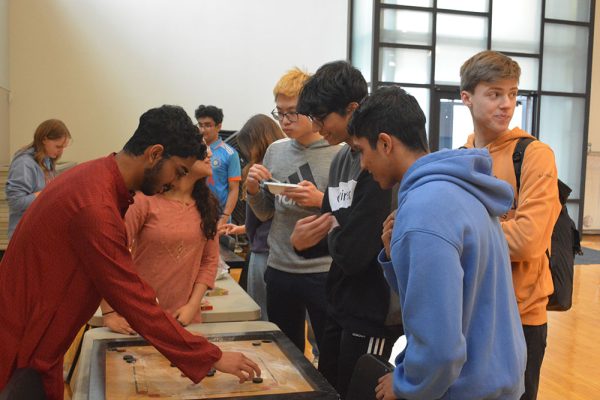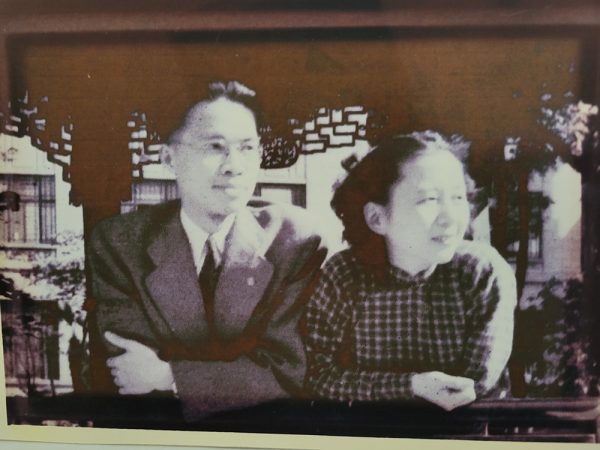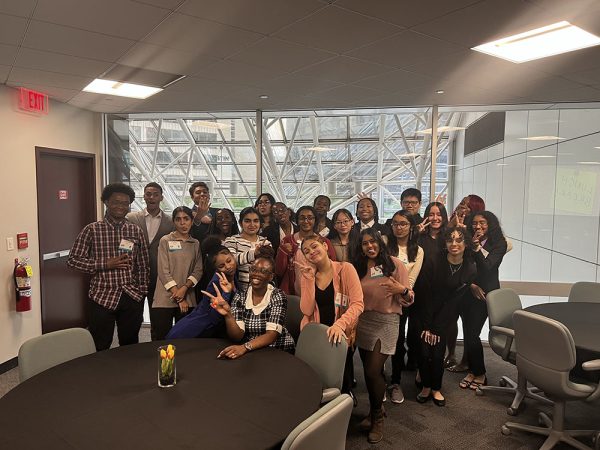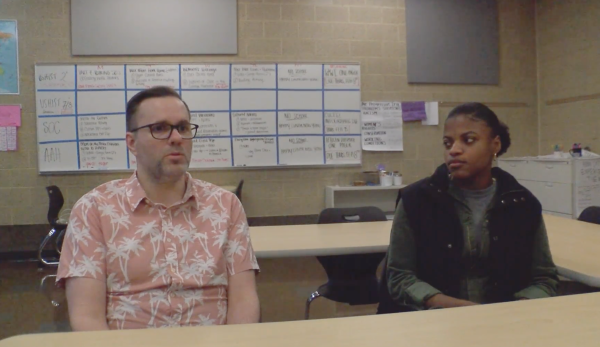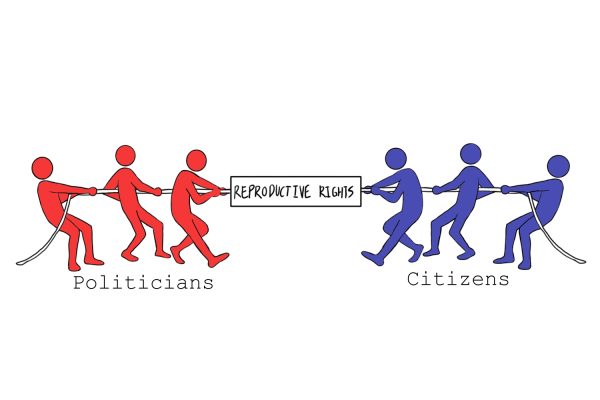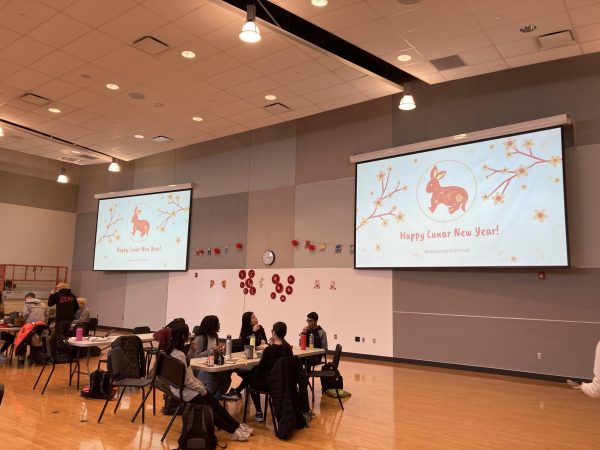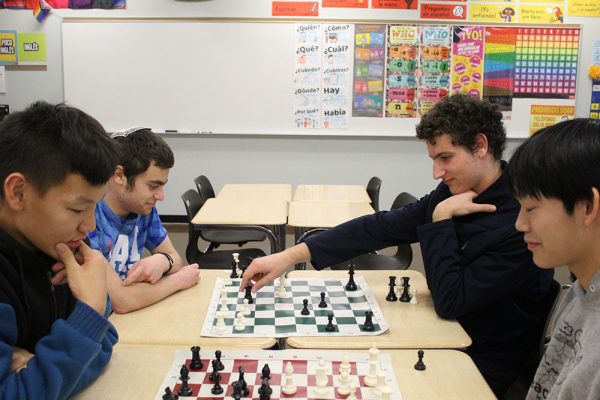Female STEM Students Encouraged to Defy Expectations
According to the U.S. Dept. of Commerce (DOC), women hold nearly half of all jobs in the United States, but less than 25% of jobs related to science, technology, engineering and math (STEM). The Economics and Statistics Administration of the DOC cites many factors contributing to this discrepancy, including a lack of female role models and gender stereotyping.
Luckily for girls in Beachwood, we have plenty of female role models in our math and science departments. This Women’s History Month, our very own BHS teachers share their advice and experiences as women in STEM.
Science teacher Lisa Bugenske described a lack of female peers and role models in her time as an engineering student at University of Michigan and during her career at General Electric.
“You always feel a little out of place,” Bugenske said. “There were not many women in engineering, and even fewer in leadership positions.”
Math teacher Lisa Morgan blames prevalent cultural stereotypes that paint women as motherly, matronly, and weak. She points out that when women defy these expectations, they are labeled harshly and judged unfairly.
I still think we’ve got a long way to go. But I would say women are more encouraged to go into STEM fields now, and they probably see more role models.
— Science teacher Lisa Bugenske
“Strong women are very forthright and willing to tell it like it is,” Morgan said. “That personality trait is not seen to be positive in women.”
Often, we as a society label a powerful man as “The Boss,” and a powerful woman as “bossy”. These stereotypes enforce the common societal belief that women are less capable and discourage women from pursuing careers in STEM.
Morgan described her experience with sexism in college, recalling a professor that was adamant that women would not do well in his class.
“We were basically told to stop seeking higher education in mathematics, because we’d never find success,” Morgan said.
Both Bugenske and Morgan said that discouragement like this contributes to the inequity in STEM fields.
While both teachers acknowledged continued gender discrepancy in STEM, they also maintain hope for the future, recognizing the positive change that has occurred in their lifetimes.
“I still think we’ve got a long way to go,” Bugenske said, “but I would say women are more encouraged to go into STEM fields now, and they probably see more role models.”
“I think that women are more vocal about being involved in STEM related fields than they were,” Morgan said. “There is a push for opportunities for women in those areas.”
We were basically told to stop seeking higher education in mathematics, because we’d never find success.
— Math Teacher Lisa Morgan
Science teacher Karla Seery provided encouraging advice to BHS girls interested in STEM.
“Say something,” she said. “When you have ideas, present them. Don’t just lay low. That’s what a lot of women do.”
Bugenske and Morgan also advise girls to work hard and persevere.
“Be curious and pursue engineering related activities. Don’t shy away from technical classes and clubs, even if you are the only woman. Get some experience with programming and design. Try things.”
“Don’t let people tell you you can’t do things,” Morgan advised, “we women have to empower ourselves.”




